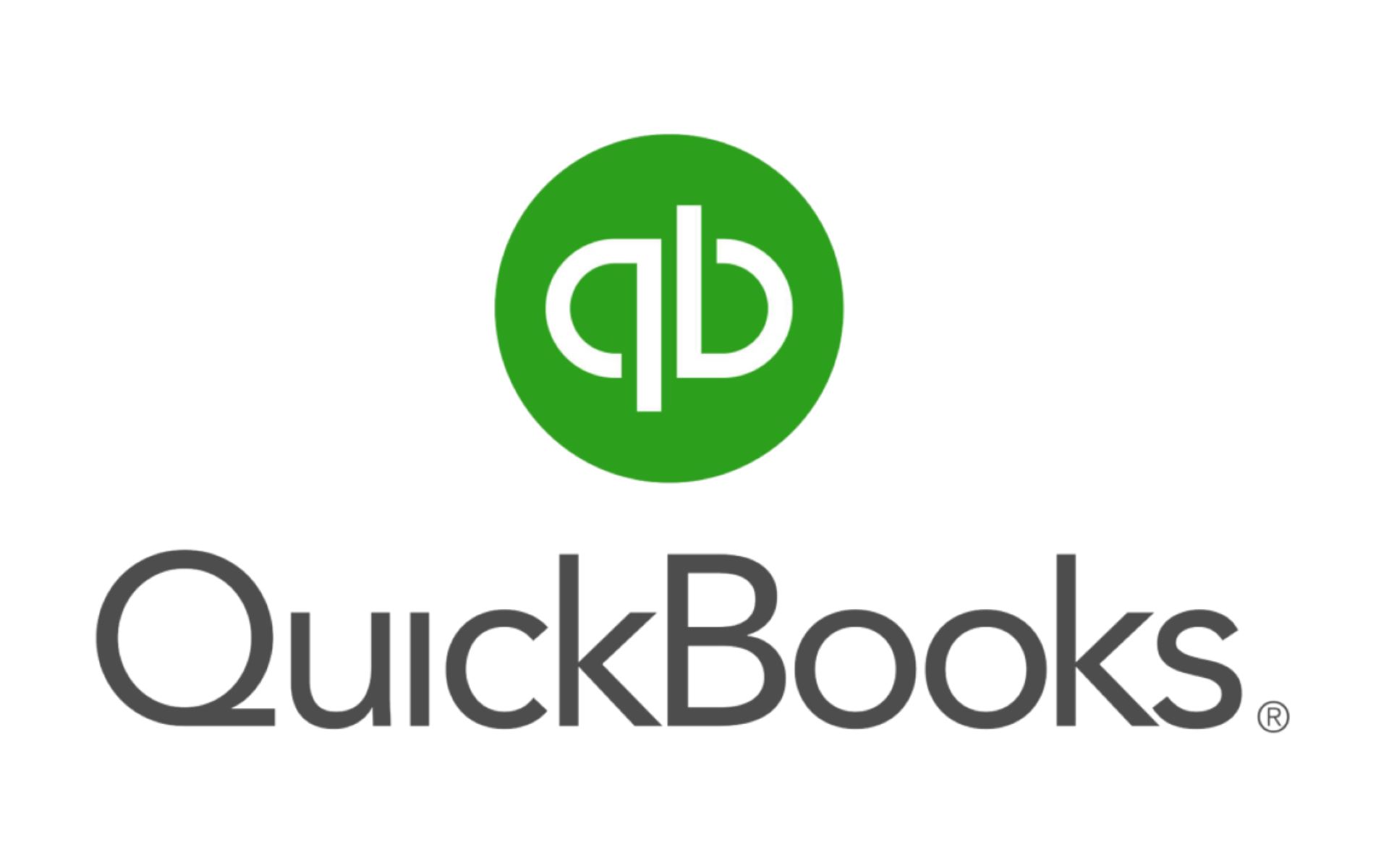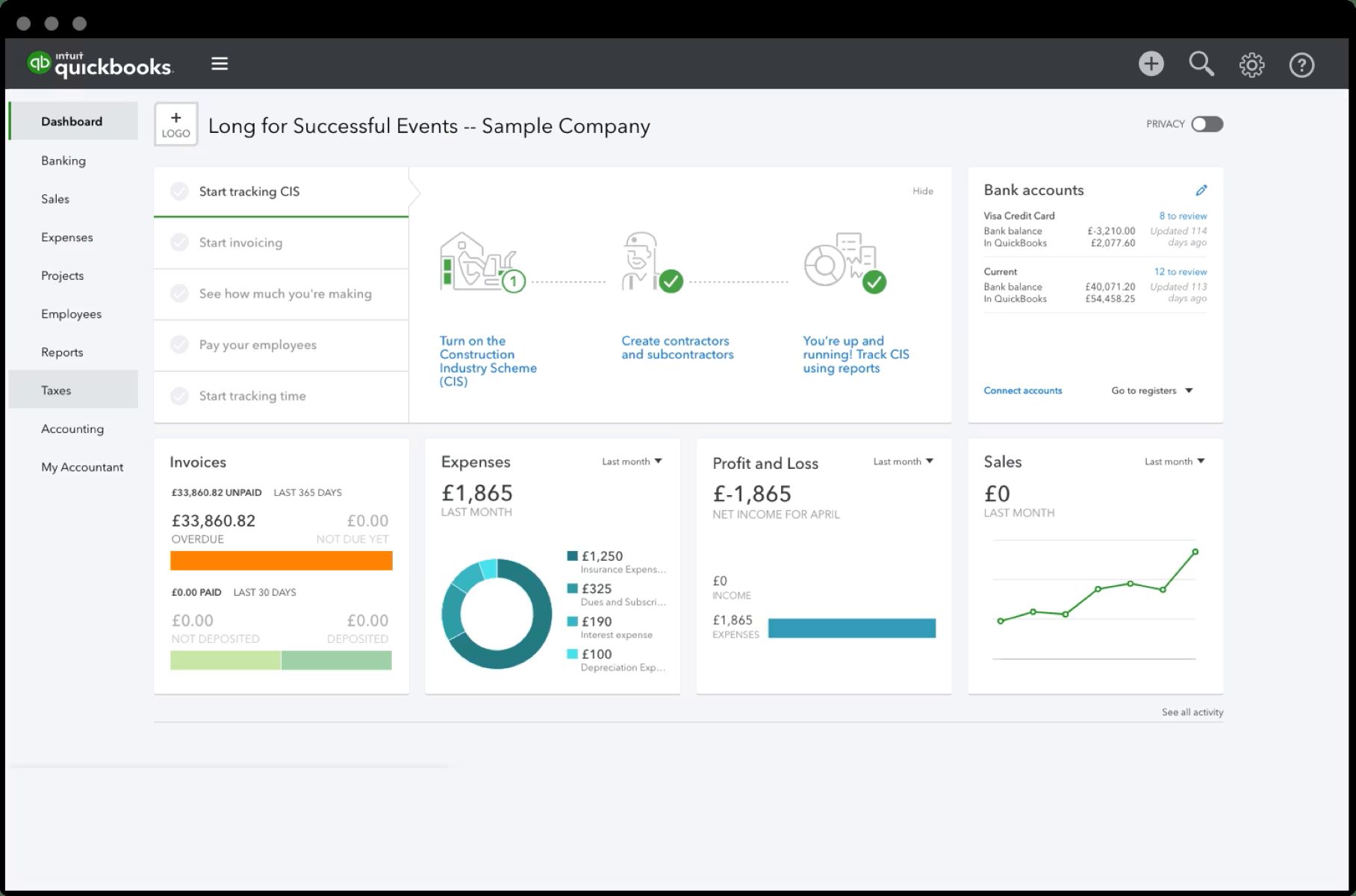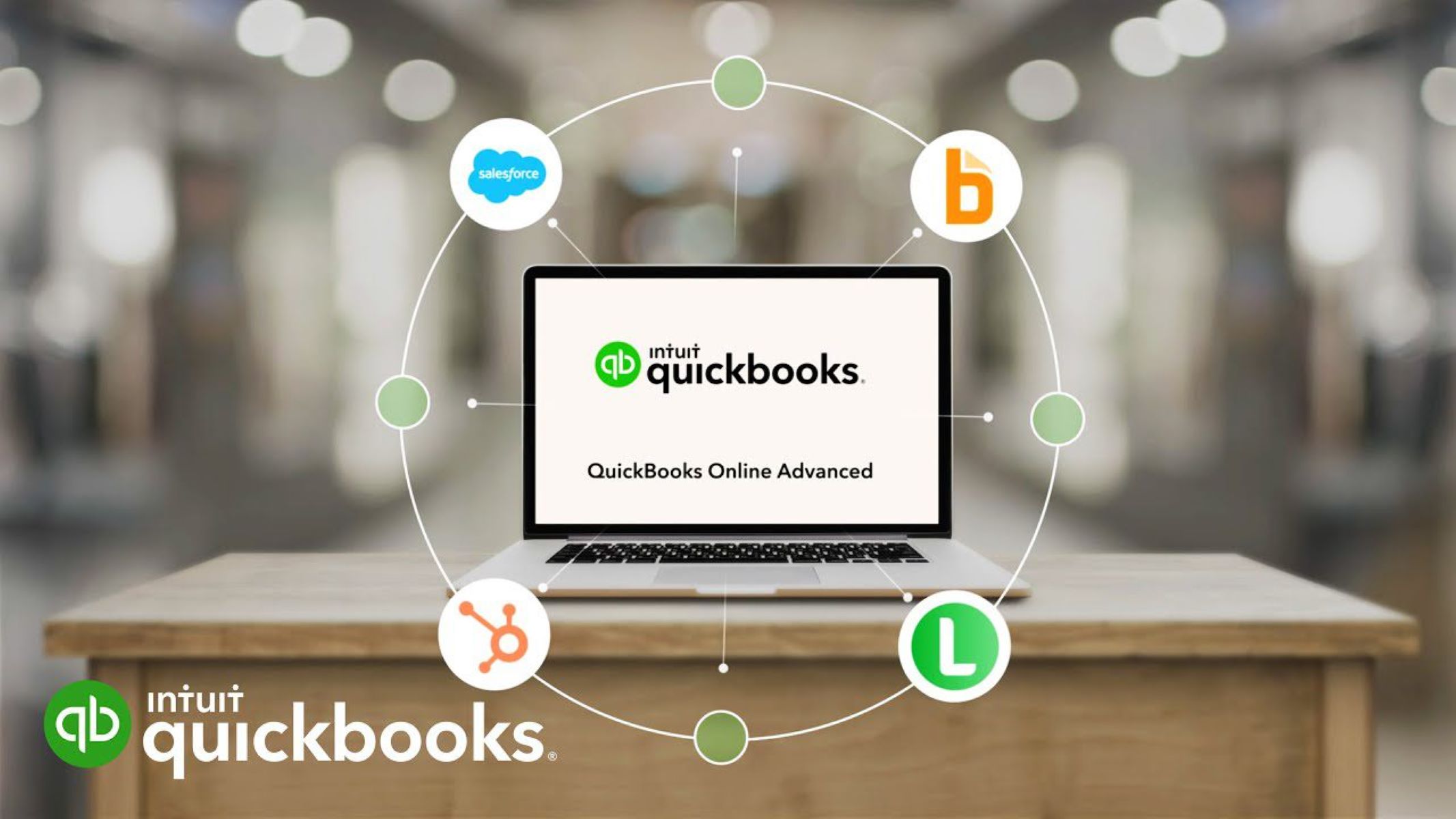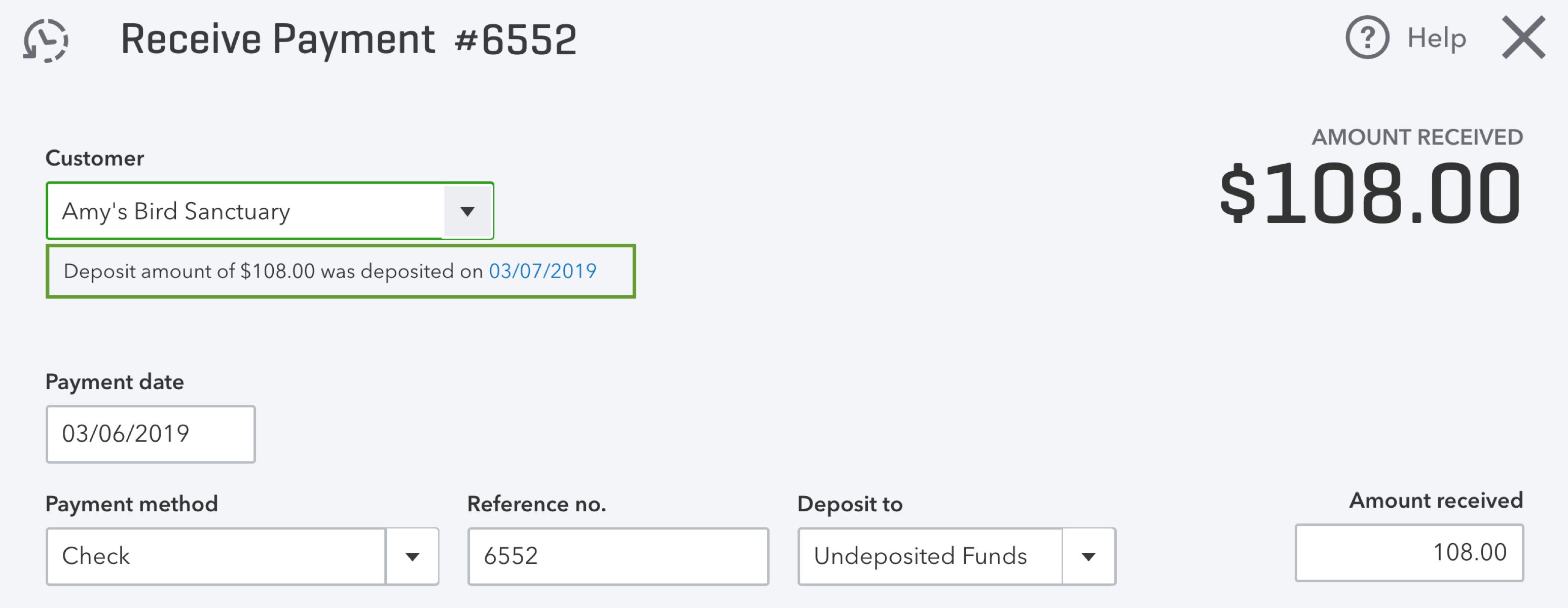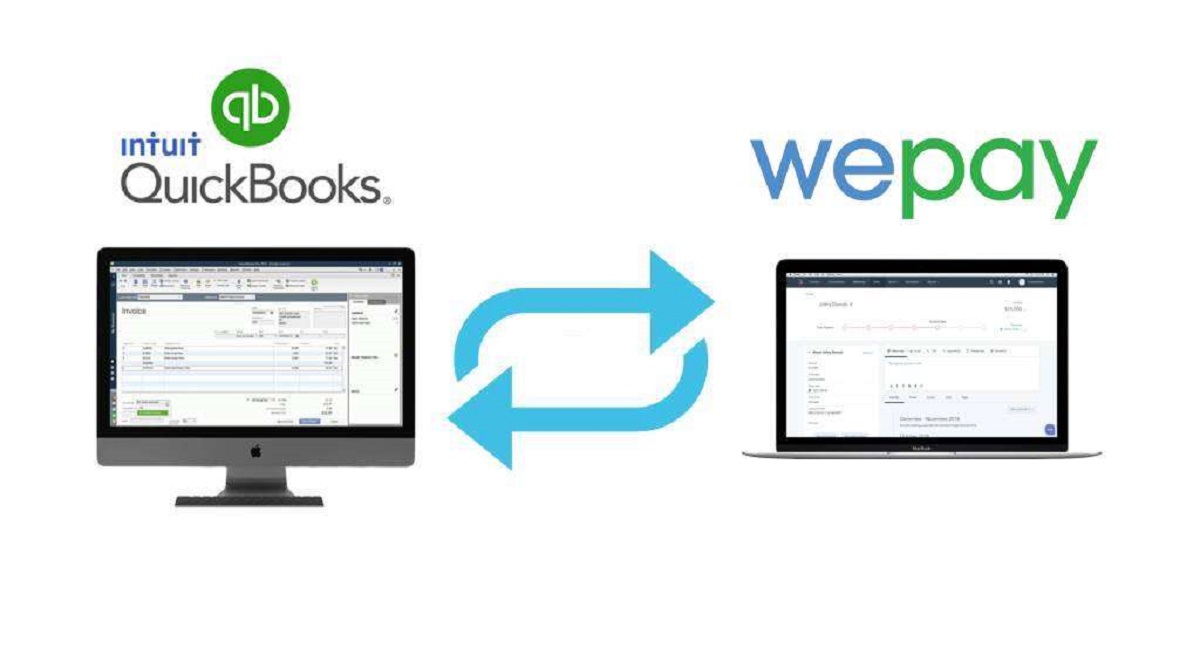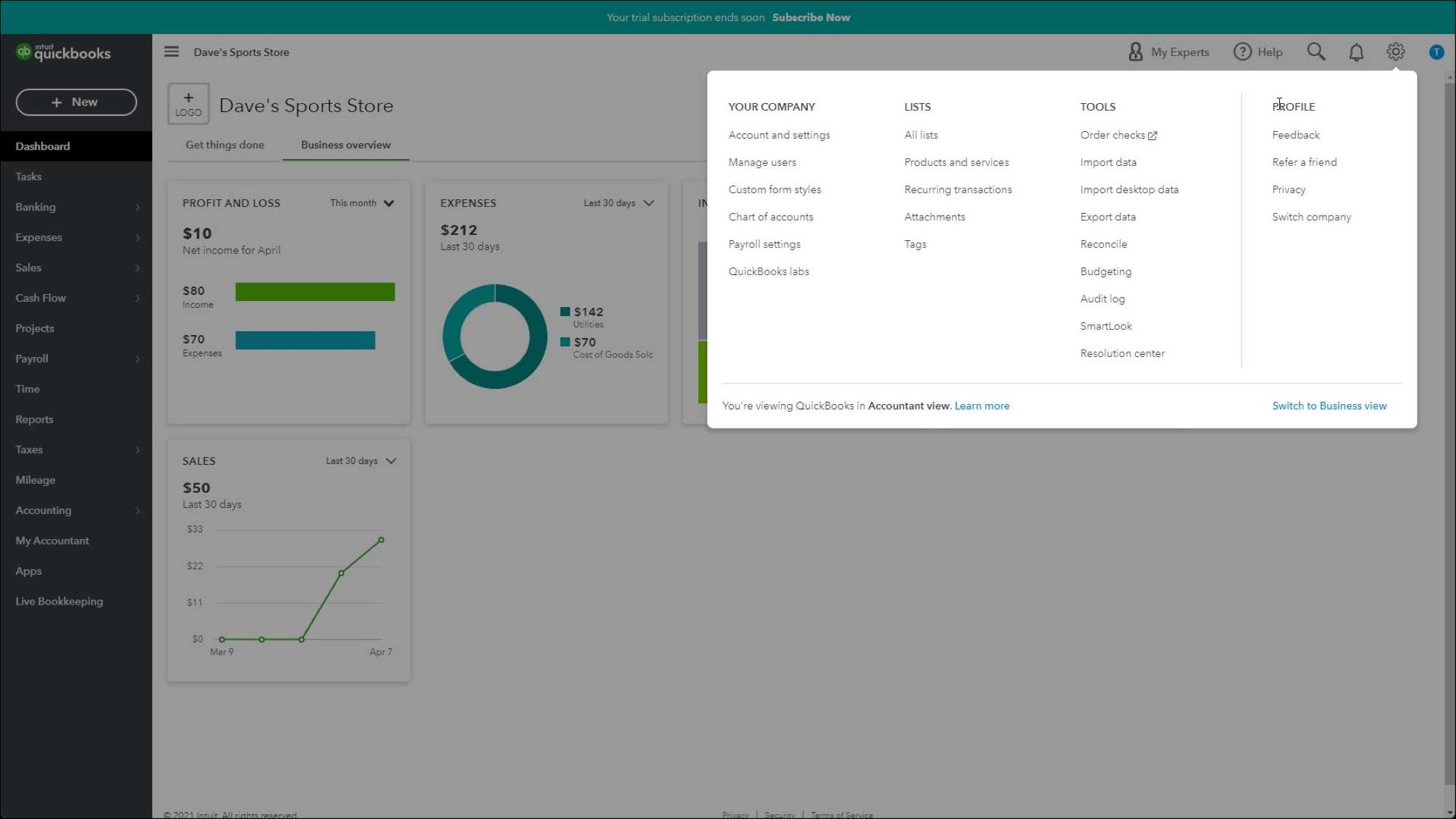Introduction
The process of adding a bank account in QuickBooks is an essential step for managing your financial transactions efficiently. By connecting your bank account to QuickBooks, you can easily track and reconcile your income and expenses, saving you time and effort in manual data entry. In this article, we will guide you through the steps on how to add a bank account in QuickBooks.
Adding a bank account in QuickBooks allows you to import your bank transactions automatically, ensuring accurate and up-to-date financial records. With this integration, you can easily keep track of your business’s cash flow, monitor your expenses, and generate reports for tax purposes or financial analysis.
Whether you are a new QuickBooks user or have been using the software for a while, the process of adding a bank account is straightforward. By following a few simple steps, you can set up your bank account in no time.
Before you begin, make sure you have your bank account information readily available, including the bank name, account number, and routing number. Additionally, ensure you have the necessary permissions and access to your online banking services, as you may need to connect and authorize your bank account within QuickBooks.
Now, let’s dive into the step-by-step process of adding a bank account in QuickBooks and start simplifying your financial management.
Step 1: Accessing the Chart of Accounts
The first step to adding a bank account in QuickBooks is to access the Chart of Accounts. This is where you will find a list of all your accounts, including bank accounts, credit cards, and other financial assets.
To access the Chart of Accounts, follow these steps:
- Open QuickBooks and log in to your account.
- From the main menu, click on “Lists” and select “Chart of Accounts.”
- A window will open, displaying a list of all your existing accounts.
If you don’t see the Chart of Accounts option in the Lists menu, you can also access it by selecting “Accountant” from the main menu and then choosing “Chart of Accounts.”
Once you have accessed the Chart of Accounts, you are ready to proceed with adding your new bank account.
Note: If you have already added a bank account in QuickBooks and want to add another one, you can skip step 1 and directly proceed to Step 2.
Step 2: Adding a New Bank Account
After accessing the Chart of Accounts in QuickBooks, the next step is to add a new bank account. This will create a new entry in the list of accounts and allow you to track your bank transactions within the software.
To add a new bank account, follow these simple steps:
- In the Chart of Accounts window, click on the “+” button or select “Account” followed by “New” from the menu bar.
- A new window will open, asking you to select the account type. Choose “Bank” as the account type and click on “Continue.”
- Next, you will be prompted to choose the detail type for your bank account. Select the most appropriate option that matches your account, such as “Checking,” “Savings,” or “Money Market.”
- Click on “Save and Close” to create the new bank account.
Once you have completed these steps, you will have successfully added a new bank account to the Chart of Accounts in QuickBooks.
Note: If you want to add another type of account, such as a credit card or a loan account, you can follow a similar process but choose the respective account type in step 2.
Step 3: Entering Bank Account Details
Now that you have added a new bank account to the Chart of Accounts in QuickBooks, it’s time to enter the necessary details for the account. This step ensures that the account information is accurately recorded and linked to your financial transactions.
To enter the bank account details, follow these steps:
- In the Chart of Accounts window, locate the newly added bank account and double-click on it.
- A window will open, allowing you to edit the account details.
- Enter the bank account name, account number, and routing number in the respective fields. These details can usually be found on your bank statement or by contacting your bank directly.
- If desired, you can also enter additional details such as the bank’s contact information or any specific notes related to the account in the provided fields.
- Once you have entered all the necessary details, click on “Save and Close” to save the changes.
By following these steps, you will have successfully entered the bank account details in QuickBooks. This ensures that the account is properly identified and linked to your financial transactions within the software.
Note: It’s essential to double-check the accuracy of the entered information to avoid any discrepancies or errors in your financial records.
Step 4: Connecting the Bank Account
Once you have added and entered the details for your bank account in QuickBooks, the next step is to connect it to your actual bank account. This will allow QuickBooks to import your bank transactions automatically, keeping your financial records up-to-date and accurate.
To connect your bank account in QuickBooks, follow these steps:
- In the Chart of Accounts window, locate the bank account you have added and double-click on it.
- A window will open, displaying the account details. Click on the “Connect Bank” or “Set Up Online Services” button.
- Choose your bank from the list of available financial institutions or search for it using the provided search bar.
- Follow the on-screen prompts to enter your online banking credentials, including your username and password, to authorize the connection between QuickBooks and your bank account.
- Once the connection is established, QuickBooks will retrieve your bank account information and import your recent transactions into the software.
It is important to note that the process of connecting your bank account may vary depending on your financial institution and the online banking services they provide. QuickBooks supports a wide range of banks, and most major banks are supported.
By connecting your bank account, you can save time on manual data entry and ensure that your financial transactions are accurately recorded in QuickBooks. This integration also allows you to easily reconcile your bank statements, match transactions, and monitor your cash flow more effectively.
Once you have successfully connected your bank account, you are ready to move on to the final step: reconciling the bank account in QuickBooks.
Step 5: Reconciling the Bank Account
After you have connected your bank account and imported your transactions into QuickBooks, the final step is to reconcile your bank account. Reconciliation ensures that the transactions recorded in QuickBooks accurately match the transactions recorded by your bank, allowing you to identify any discrepancies or errors.
To reconcile your bank account in QuickBooks, follow these steps:
- From the main menu, click on “Banking” and select “Reconcile.”
- A window will open, prompting you to select the bank account you want to reconcile. Choose the appropriate bank account from the drop-down menu.
- Enter the ending balance and ending date from your bank statement into the respective fields.
- Review the list of transactions displayed in QuickBooks and mark each transaction as either cleared or uncleared, based on your bank statement.
- As you mark the transactions, QuickBooks will automatically calculate the cleared balance and highlight any discrepancies between the cleared balance and the ending balance entered in step 3.
- If there are any discrepancies, you can review and investigate the transactions further to identify the cause. This may involve verifying transaction dates, amounts, or other details.
- Once you have reviewed and resolved any discrepancies, click on the “Reconcile Now” button to finalize the reconciliation process.
Reconciling your bank account in QuickBooks is crucial for maintaining accurate financial records and ensuring that your account balances align with your bank statements. It also helps you identify any potential errors or fraudulent transactions.
By following these steps and regularly reconciling your bank accounts, you can have peace of mind knowing that your financial records in QuickBooks are in sync with your actual bank transactions.
With the bank account successfully reconciled, you have completed the process of adding and managing a bank account in QuickBooks. Congratulations!
Conclusion
Adding a bank account in QuickBooks is a fundamental step in streamlining your financial management and ensuring accurate record-keeping. By following the detailed steps outlined in this article, you can easily add, connect, and reconcile your bank account in QuickBooks, enabling you to track your income and expenses effectively.
By connecting your bank account, you can save time on manual data entry and ensure that your financial transactions are automatically imported into QuickBooks. This integration allows you to easily monitor your cash flow, track your expenses, and generate reports for tax purposes or financial analysis.
Reconciling your bank account in QuickBooks is a crucial process that helps you identify any discrepancies or errors between your recorded transactions and your bank statement. Regular reconciliation ensures that your financial records are accurate and up-to-date, giving you confidence in the overall health of your business’s finances.
Remember to double-check the accuracy of entered bank account details, especially the account name, number, and routing number, to avoid any issues with your financial records. Additionally, ensure that you have the necessary permissions and access to your online banking services to authorize the connection between QuickBooks and your bank account.
By following these steps and utilizing the features offered by QuickBooks, you can simplify your financial management processes, gain valuable insights into your business’s finances, and make informed decisions for the growth and success of your business.
So, take the first step today and add your bank account in QuickBooks to start managing your finances with ease and efficiency!









